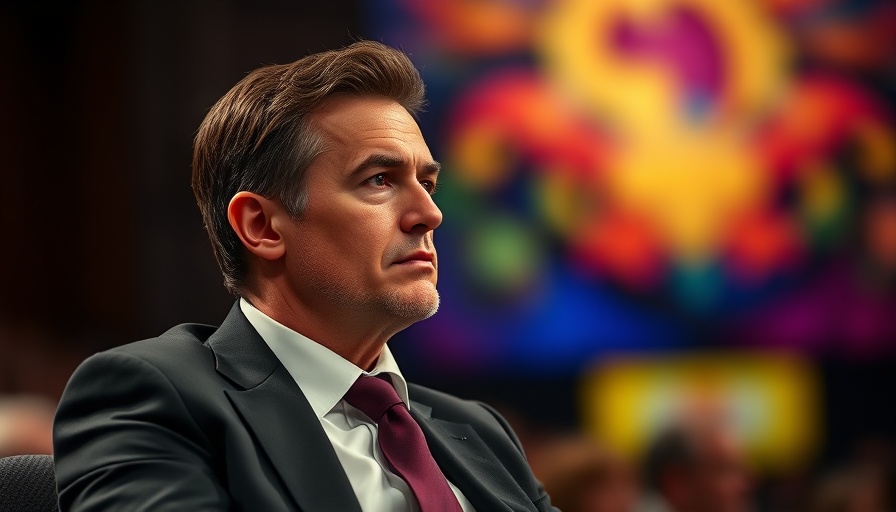
Understanding the Leadership Crisis in BRS
The Bharat Rashtra Samithi (BRS) is currently facing a significant leadership challenge as tensions rise within its ranks. The question of whether it's time for a leadership change is now more pertinent than ever. With various factions within the party voicing discontent, the need for transparent and decisive leadership is critical.
The Stakes: Why Leadership Matters
In times of uncertainty, the quality of leadership can determine organizational success or failure. For the BRS, a lack of clear vision may lead to voter disengagement at a crucial election period, impacting their ability to influence policy and governance. The pressure on leadership increases as public expectations rise, demanding that leaders stay attuned to grassroots concerns.
Historical Context: Lessons from the Past
The previous leadership changes in varied political parties serve as valuable case studies. Similar crises in parties, such as the Janata Dal or the Congress party, highlight that leadership changes often come at a high cost. Assessing why leaders were replaced and how it affected the party’s longevity can provide insights into the challenges BRS faces today.
Public Sentiment and Internal Discontent
A recent survey indicates that a significant number of BRS supporters feel dissatisfied with the current leadership's direction. Understanding these concerns is essential for any potential leadership changes. By utilizing tools like focus groups and feedback forums, the leadership can gauge sentiments more accurately and potentially redirect strategies to re-engage their supporters.
Future Predictions: Trends that Could Shape Leadership Changes
Political analyst forecasts suggest that if these internal disputes continue unchecked, a leadership change might not only be beneficial but necessary for BRS’s survival in the political arena. As external challenges from rival parties escalate, the BRS must consider innovative strategies and possibly new leadership that aligns with contemporary voter interests.
Impact of Leadership Change on Decision Making
Executive leadership transitions bring risks and opportunities alike. If changes are to occur within BRS, it is essential to consider how it will influence decision-making processes. A new leadership team may introduce fresh ideas, but it could also disrupt established dynamics. Analyzing these outcomes can lead to better strategic planning.
Expert Opinions: Diverse Perspectives on Leadership Change
Leadership theorists provide mixed perspectives on the efficacy of sudden leadership changes. While some assert that a fresh leader can invigorate an organization with new ideas, others caution against the loss of continuity. This dichotomy presents a crucial consideration for BRS as they contemplate action.
Conclusion: Navigating the Leadership Waters
As the BRS grapples with internal challenges, the discourse surrounding potential leadership changes is likely to intensify. Understanding the stakes involved and leveraging insights from similar contexts can empower the BRS to make a strategic, informed decision that strengthens their position in the upcoming elections.
 Add Row
Add Row  Add
Add 




Write A Comment